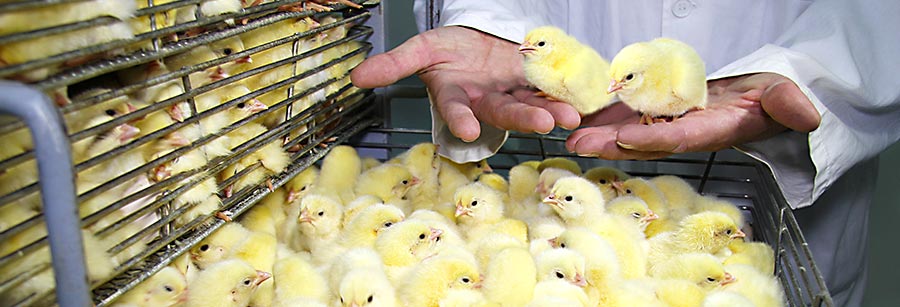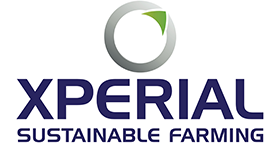Sustainable Farming
Helping to decrease production cost without compromising the environment or future farming activity.
Poultry Meat Volumes
With worldwide population set to reach 9 billion by 2050, ensuring consistent and reliable food sources is set to become a major issue. In 2015 the production of poultry meat reached 111 million tonnes, a 50% increase over 10 years. By 2024 it is expected that production will ready 137 million tonnes or a further 24% increase.
111 million tonnes in 2015 = +50% change in ten years
137 million tonnes by 2024 = +24% change
Modern poultry have been genetically selected for rapid growth, low feed conversion and this can come at a cost to the bird’s health and welfare, which can in turn have an impact on human health. For example, to ensure that the welfare of broilers is not compromised due to this intensification the EU introduced the Broiler Welfare Directive. In addition, the worldwide threat of anti-micobial resistance to public health resulting from abuse and overuse of antibiotics has forced international authorities to prepare legislation to restrict and reduce the use of antibiotics in poultry.
Xperial expertise is comprised of veterinary and food safety consultants. We offer veterinary / food safety audit and monitoring of all aspects of the poultry integration. Our internal microbiology laboratory is ISO 17025 accredited and we offer a suite of tests to our partners. We are an R&D approved centre and liaise with poultry integrations on establishing and conducting trials at farm and processing level. Currently we are very much involved in Campylobacter projects/trials and we are liaising with industry and third level research organisations.

Xperial offer tailored advices and solutions to the poultry industry with a holistic approach concentrated in four main areas: Audit, Solutions, Training and Monitoring.
The degree of intensification and integration in modern poultry production, coupled with the international trade in poultry and poultry products, has brought a new dimension to the issue of food safety.
The greatest cause of food poisoning in humans in the EU and globally is Campylobacter bacteria and poultry is regarded as the biggest reservoir for Campylobacter species. A study in 2008 revealed an Irish prevalence in broiler batches at the point of slaughter of 83.1%.
Salmonella is now a very well known word in the language of the consumer because of its association with food poisoning. Unfortunately, since poultry products are often implicated in cases of human food poisoning, the word Salmonella and poultry are often seen as being synonymous. Salmonella can cause food poisoning outbreaks involving many people.
Staphylococcus aureus is a well-known pathogen of humans and animals. Methicillin resistance in this bacterial species represents a threat to human health, due to the difficulty of getting any antibiotic to kill the organism. Originally, methicillin-resistant S. aureus (MRSA) was a pathogen acquired in hospitals, but in the 1990s, MRSA spread into communities worldwide. The presence of MRSA in broiler chickens has been confirmed in studies.
